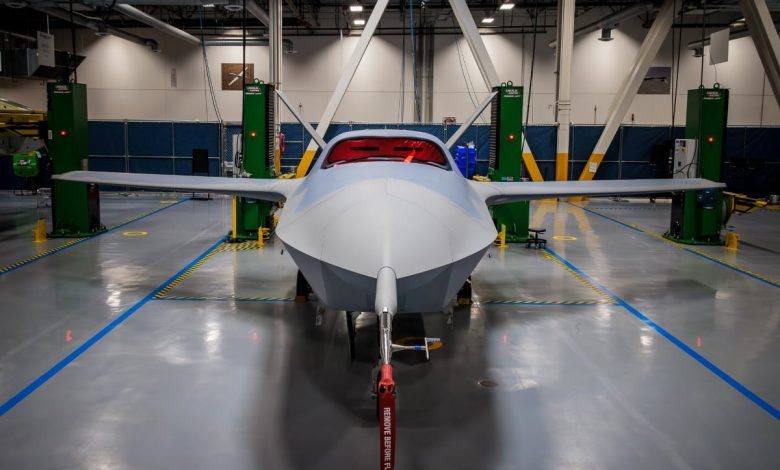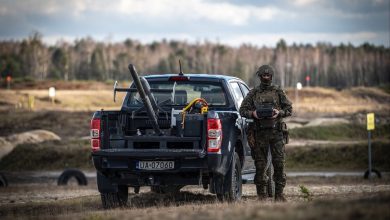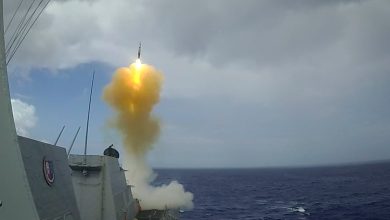Both Air Force CCAs now in ground testing, expected to fly this summer

General Atomics announced Monday that ground testing of its YFQ-42A began earlier this month, and the collaborative combat aircraft is expected to have its first flight this summer.
In a statement, General Atomics said their CCA’s ground testing began May 7.
“The YFQ-42A is an exciting next step for our company,” David Alexander, president of General Atomics Aeronautics Systems, said in a statement. “It reflects many years of partnership with the U.S. Air Force of advancing unmanned combat aviation for the United States and its allies around the world, and we’re excited to begin ground testing and move to first flight.”
The announcement follows the Air Force’s revelation May 1 that Anduril Industries’ CCA, the YFQ-44A, had also started its ground testing. Anduril also expects its CCA to start flight tests this summer.
CCAs are uncrewed, semi-autonomous drones that will fly alongside aircraft like the F-35 and F-47, also known as Next Generation Air Dominance. Their purpose is to expand the reach of the Air Force’s limited fleet of crewed fighters and conduct missions, such as strike operations, reconnaissance, electronic warfare and to serve as decoys.
The Air Force chose General Atomics and Anduril to design, build and test the first iteration of CCAs in April 2024.
General Atomics’ YFQ-42A is derived from its XQ-67 Off-Board Sensing Station drone, which the Air Force Research Laboratory flew in 2024 to test a “platform sharing” construction concept. That drone was built on a chassis that could be used as a foundation for multiple drones, which the company and AFRL said could allow drones to be built en masse and more cheaply.
Anduril’s YFQ-44A was previously called Fury, and the company uses its Lattice operating system for its autonomous capabilities.
The service posted a graphic last week that said these first CCAs would have a combat radius of more than 700 nautical miles and stealth comparable to the F-35’s. The Air Force wants to have at least 1,000 CCAs.
The Air Force also plans to locate its first CCA aircraft readiness unit — which will keep them in a “fly-ready status” for rapid deployment — at Beale Air Force Base in California.
Because CCAs would not need to be flown regularly to keep pilots trained, the Air Force expects the drones would only be flown a minimal amount of times. That means Beale’s unit would likely need fewer support airmen than crewed aircraft require, such as maintainers, the service said.
But both Anduril’s and General Atomics’ CCAs may not end up being in the Air Force’s fleet. The service plans to choose next year which of those CCAs to move into production and start to develop the next “increment” of the drones.
Stephen Losey is the air warfare reporter for Defense News. He previously covered leadership and personnel issues at Air Force Times, and the Pentagon, special operations and air warfare at Military.com. He has traveled to the Middle East to cover U.S. Air Force operations.







